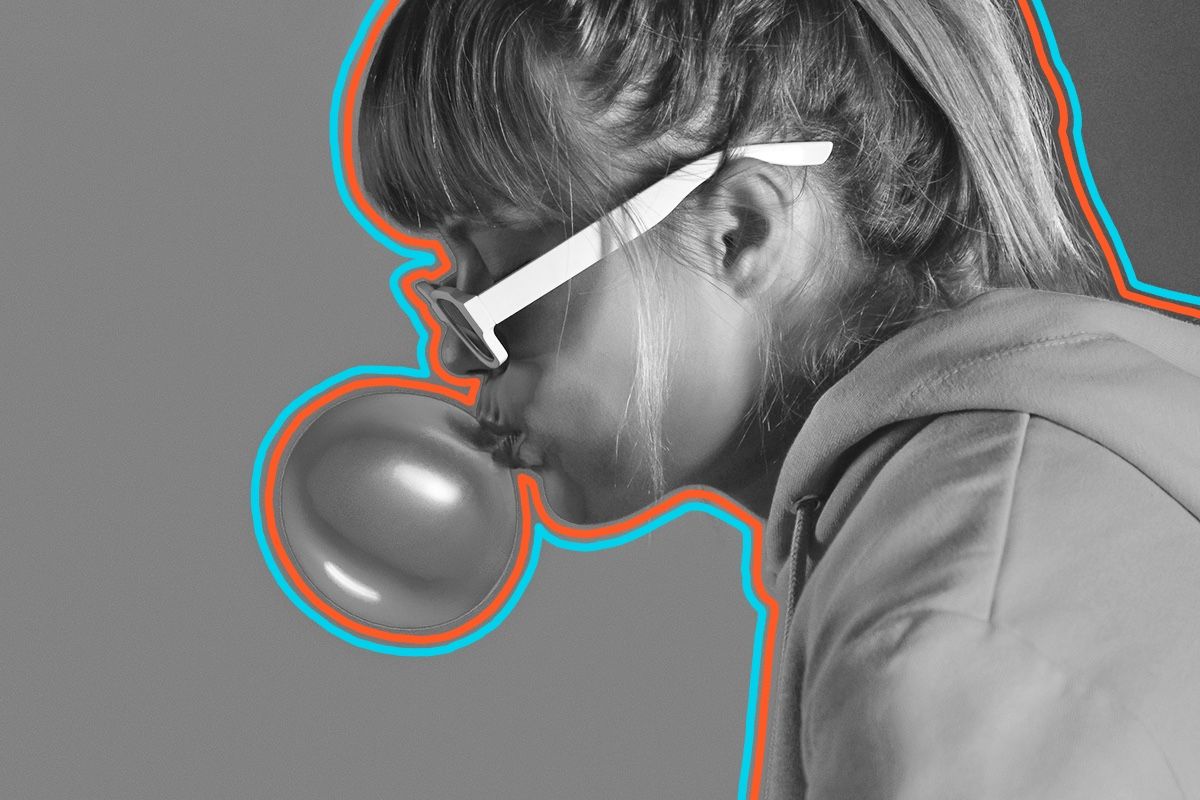| On electronic boarding passes, airlines use __ codes, named after the famous Mesoamerican civilization. |  |
|
|
 | Numbers Don't Lie |
|
 | | Estimated number of Americans who chewed gum in 2020 | | 160 million |
|
|  | | World's largest collection of chewing gum packets (collected by Grzegorz Materna of Warsaw, Poland) | | 13,539 |
|
|
|
 | | Length, in feet, of the longest gum wrapper chain, which a Virginia teacher began making in 1965 | | 106,810 |
|
|  | | Estimated pieces of discarded gum lining the walls of Bubblegum Alley in San Luis Obispo, California | | 2 million |
|
|
|
|
|
 | Selling chewing gum is mostly banned in Singapore. |
|
| The lasting influence of the island's first prime minister, Lee Kuan Yew (in office 1959–1990), led to this quirky law — which has managed to stick for 29 years. Early in his tenure, when Singapore separated from Malaysia to become sovereign, Lee dreamed of making his young city-state a scenic travel locale. Thus he launched his "Keep Singapore Clean" initiative in 1968, which included strict anti-littering regulations. Spitting, feeding pigeons, or neglecting to flush a public toilet can also result in fines, and since 1992, stocking or importing gum can set a business back up to $100,000 and translate to prison time. Visitors to Singapore are allowed to bring small amounts of gum into the country for their personal use, however. And thanks to 2004's U.S.-Singapore Free Trade Agreement, pharmacists (and pharmacists alone) are able to sell "medicinal" and "dental" gum products, such as Nicorette (and, somehow, sugar-free gum), to customers who submit their names and ID card numbers. Still, all chewed gum should be tossed in a trash can. | | |
|
|
|
| You might also like | | Why Is Bubble Gum Pink? Your Candy Questions, Answered | | Have you ever wondered why people give bags of Jordan almonds as wedding favors? Or why circus peanuts taste like bananas? Pop an after-dinner mint and settle in as we dive into these and other common candy questions. |  |
|  |
|
|
|
| Thank you for supporting our advertisers. They help keep Interesting Facts free! |
|
|
0 Comments:
Post a Comment
<< Home